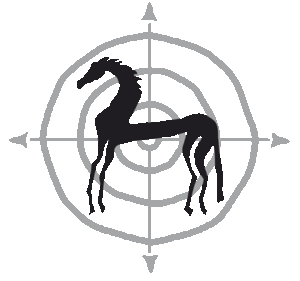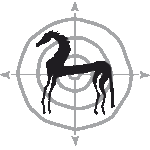
Healthy hooves mean happy horses (and riders)
Finding the right hoof care for your horse can be hard.
Who should I ask? How often should he or she come? What does it cost? Are they willing to explain things?
Am I happy with the job they are doing? And, most importantly, is my horse happy? Are the hooves getting better over time? Or worse?
There’s so much to think about that it can be tempting to just use the first one who is willing to come do your horse… and use your time for more fun things, like riding.
Use the best you can get!
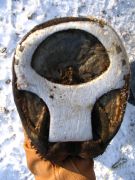
Before trim…
Horses are expensive and take a lot of time. There are many areas where you can cut corners or try to save some money.
Hoof care is not one of them!!!
It really pays to do your homework and use the best hoof care specialist you can get. It doesn’t matter if your horse uses shoes or not. Just think of it as a necessary investment in your horse’s health.
Michele Stuurman is a very experienced hoof trimmer who is fully specializing in barefoot horses. She has been working in Norway since 2006.
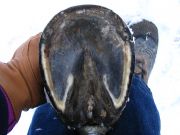
…and after
She is a certified Strasser Hoof Care Specialist (this is a 2 year long education with a high focus on anatomical knowledge and holistic horse keeping).
Michele has also attended seminars by Brian Hampson and Melody De Laat (who are working with the famous Australian hoof scientist, Professor Christopher Pollitt); and with Professor Robert Bowker (University of Michigan, Equine Sciences).
Hoof care training
Michele has been a board member of the Norwegian Hoof Trimmer association. And chairperson of their Professional Board (Faglig Råd).
Michele is also co-author (together with veterinarian Tone Wien) of the chapter on hooves and hoof care in the official Norwegian handbook for horsekeeping and horse welfare (‘Sikker og god hestepraksis’, 2011).
She does seminars and trainings on hoof care, both theoretical and practical. And she has been a teacher/instructor on various hoof care educations.
Frequently asked questions about hoof care
Q: What can I expect on a first visit?
A: With a new horse, it’s always best to do a thorough check of the whole horse. Michele usually also takes pictures and takes hoof measurements. And she wants as much information as possible about the horse’s hoof and health history.
Therefore a first visit takes more time than a regular follow-up hoof trim. Usually from one and a half to two hours.
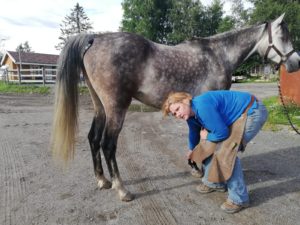
A thorough check of the whole horse is an important part of a first visit
Q: How often does my horse need a trim/check?
A: The standard recommendation is every 6 to 8 weeks. But this can vary a lot. Some horses need a check-up more often. For example after a laminitis episode. Or if they have crooked legs and/or hooves.
On the other hand, there are some owners that have learned to do some basic maintenance themselves. In such cases there can be a longer interval between visits.
It is good practice to have the second visit not too long after the first one. To get an impression on how the hoof is ‘maintaining itself’, and on how any possible problems are reacting. If all goes well and the hoof is stable, the trim interval can then be adapted accordingly.
So, the correct answer to this question is: As often as necessary!
Q: How much do you charge for a visit?
A: For information on prices, please visit our Pricing page.
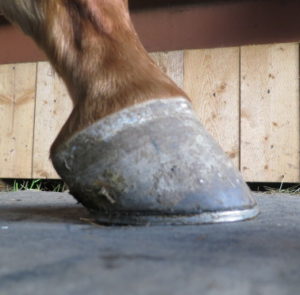
Hoof of horse with tendon problems
Q: When should I check with my veterinarian?
A: Hoof care professionals specialize in hooves – but they (usually) are not veterinarians. So if your horse is lame or has other serious hoof problems, it is highly recommended that you check with your veterinarian. Any serious hoof care provider will also recommend you to do this when (s)he finds a problem that is not something that can be solved with regular hoof care.
If your horse has been diagnosed with any kind of hoof or leg related problem (lameness, tendon problems, navicular syndrome, hoof abscess, laminitis, EMS, Cushings or such) you should discuss any change in hoof care with your veterinarian first.
Q: Are there any other things you recommend? Additional therapy, or supplements?
A: Correct hoof care can make huge differences in a horse’s well-being and overall health. However, in more serious and/or long-term problems this might not be enough. Many additional therapies can be very helpful. Such as chiropractic treatments, acupuncture, massage, cranio-sacral therapy and so on.
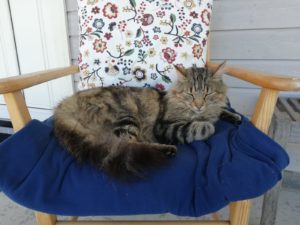
Chill with Rune!
As regards supplements: there are hundreds of supplements. And they all claim to work wonders… There are some supplements that have a good track record. But often the best approach is to discuss this with your veterinarian first. And maybe do a blood test to see what your horse really needs.
But please keep in mind: there is not one therapy, or one supplement, that will work for every horse in the world. Just like with hoof care – it all depends. On the horse, and on the owner.
